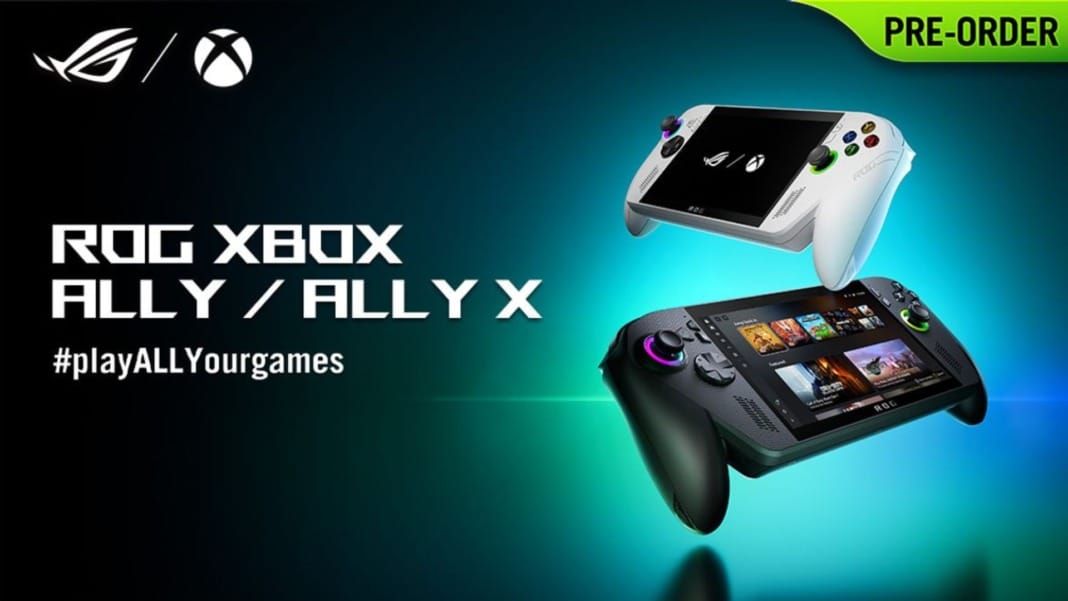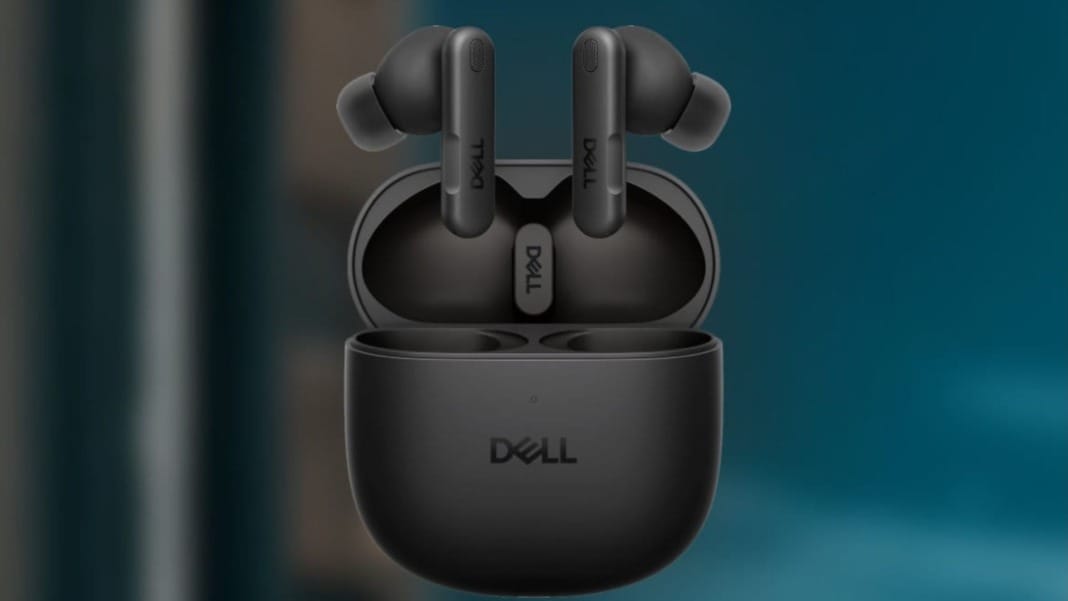Nvidia has announced that it is open-sourcing Audio2Face, its artificial intelligence tool that generates lifelike facial animations for 3D avatars using only audio input. The decision enables developers to access both the tool and its supporting framework, allowing them to create more realistic characters for video games, apps, and other digital experiences.
Audio2Face analyses the acoustic features of a voice to produce animation data, which is then mapped to an avatar’s facial expressions and lip movements. This allows for precise synchronisation between audio and on-screen characters, whether in pre-scripted content or live broadcasts. By removing barriers to access, Nvidia aims to facilitate wider adoption of its technology across the creative industries.
Early adoption in gaming and media
Some studios have already incorporated Audio2Face into their projects. Farm51, the developer of Chernobylite 2: Exclusion Zone, has integrated the tool into its development process, while Alien: Rogue Incursion Evolved Edition also utilises the technology. These examples demonstrate how the system can facilitate more natural interaction in gaming, thereby enhancing player immersion.
Nvidia says Audio2Face is designed not only for scripted game sequences but also for real-time use, including livestreams where authentic reactions and lip movements are critical. The technology enables developers to reduce the cost and time required for manual animation, streamlining the process of bringing characters to life.
Expanding access and customisation
As part of its open-source release, Nvidia is providing access to both the Audio2Face models and its software development kits. In addition, the company is making its training framework available. This enables users to fine-tune the models for specific applications, from entertainment to enterprise tools.
By placing its AI animation system in the hands of developers, Nvidia is positioning Audio2Face as a versatile platform with potential uses across gaming, film, and interactive media. With the ability to adapt and retrain the models, developers can customise the tool to match different artistic styles, languages, and project needs.
Nvidia’s decision reflects a broader industry trend towards open-source AI tools, offering creators greater flexibility and accelerating innovation in digital media.





